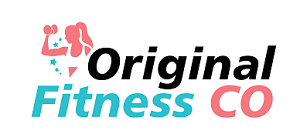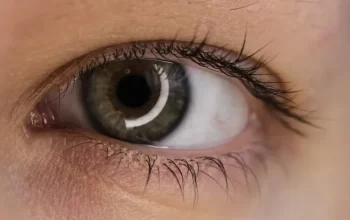Physical medicine and rehabilitation, also called physiatry, is a medical field that focuses on restoring function if you have been disabled due to a disease or injury. It addresses your physical, emotional, medical, and social needs to promote general recovery. Venice physical medicine & rehabilitation professionals are known as physiatrists. Conditions that can affect your body functioning include stroke, spinal cord injuries, brain injury, severe burns, cerebral palsy, and chronic back and neck pain. Physical medicine and rehabilitation do not promote full restoration but enable you to cope with your impairment and improve your quality of life.
What is rehabilitation?
Rehabilitation involves helping an individual achieve the highest level of function, independence, and quality of life. It does not reverse the damage caused by a condition but enables a person to restore optimal health, functioning, and well-being. Rehabilitation can address many body functions, including chewing, swallowing, bowel and bladder issues, mobility, thinking problems, speech, and language. The success of your rehabilitation program depends on the nature and severity of your condition. It can also depend on your overall health, family support, and the type and degree of disability.
Which treatment components are included in a rehab program?
A rehabilitation program focuses on treating the underlying disease and disability, preventing complications, and improving function. The primary aim of rehabilitation is often teaching you about self-care skills like eating, bathing, dressing, and moving from a wheelchair to a bed. Your physiatrist may alter your environment and provide adaptive tools. The physiatrist also educates you and your family on managing your condition.
Treatments procedure used in physical medicine and rehabilitation
Braces
Wearing braces can help strengthen your muscles after surgery or injury. Braces help reduce muscle spasms and pain and immobilize your spine during healing.
Epidural steroid injections
An epidural steroid injection involves your doctor injecting a corticosteroid and numbing drug directly into the space around your spinal nerves. Your provider uses an X-ray to help guide the needle to the right location. Epidural steroid injections can relieve pain for weeks or months, enabling you to resume daily duties and do physical therapy.
Joint injections
Joint injections consist of a corticosteroid and numbing medication. Your doctor administers the infusion directly into the affected joint to relieve pain temporarily.
Nerve block injections
Nerve block injections help your doctor identify your nerve or joint pain source. It involves your provider injecting an anesthetic on or near a pain receptor. If the injection relieves pain, the injection region is the source of your discomfort. The provider can then recommend radiofrequency ablation.
Radiofrequency ablation
Radiofrequency ablation is suitable if you have a successful nerve block. It involves your provider applying radiofrequency current to the sensory nerves surrounding your painful joint to burn them and prevent pain signals from reaching your brain. This treatment can provide relief for six months to two years.
Physical medicine and rehabilitation, also called physiatry, is a medical field that focuses on restoring function if you have been disabled due to a disease or injury. The professionals in this field diagnose and treat conditions causing your disability, manage your disability and promote overall health. Schedule an appointment at 360 Orthopedics for physical medicine and rehabilitation services to restore your body function.



